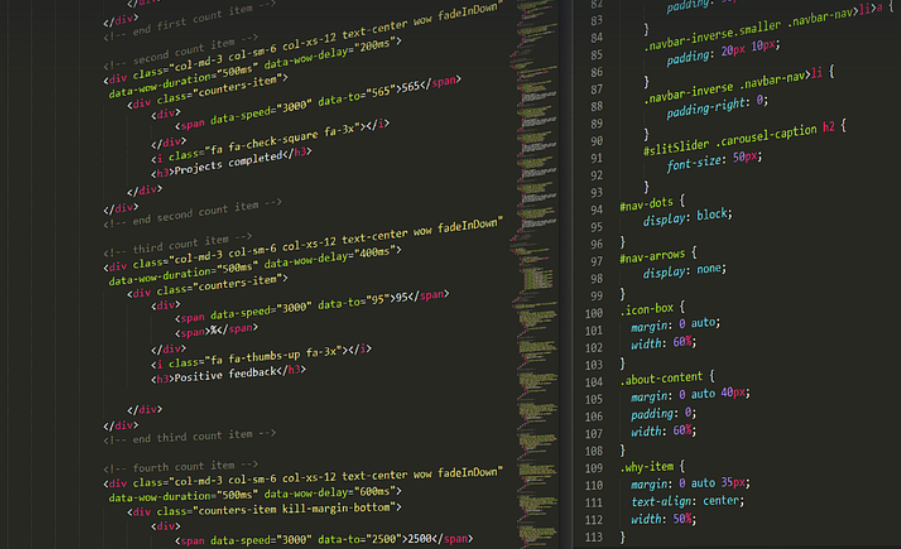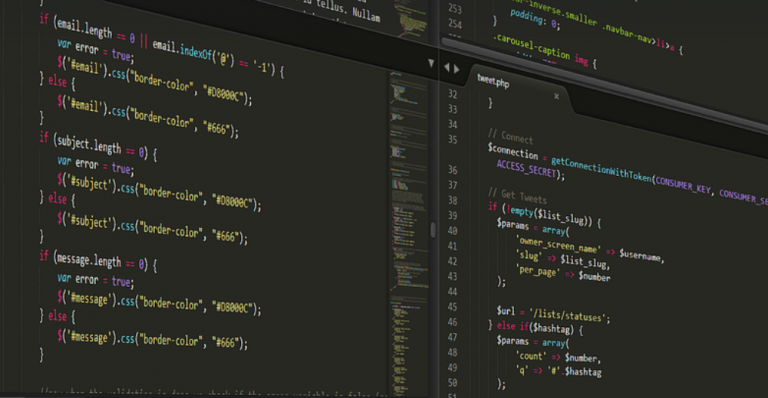What Does a Research & Development (R&D) Scientist Do?
The world of research and development is full of exciting possibilities, driven by brilliant minds who push the boundaries of what we know. But what exactly does an R&D scientist do? Imagine yourself as a detective, but instead of solving crimes, you’re searching for solutions to some of humanity’s greatest challenges. That’s basically the essence of R&D.
As an R&D scientist, your role is incredibly diverse and impactful. You might be working on groundbreaking medical treatments, developing sustainable energy sources, or designing innovative materials that can revolutionize industries. It goes beyond just experimenting in a lab; it’s about asking the right questions, exploring possibilities, and uncovering hidden solutions.
This journey often starts with curiosity. A deep-seated desire to understand how things work—the “why” behind every phenomenon—fuels your passion. You might wonder why certain materials behave differently under specific conditions, or what happens when you combine two seemingly unrelated elements into a new configuration. This drive for knowledge is the driving force of R&D.
But it’s not just about intellect; it’s also a blend of creativity and problem-solving skills. You need to be able to think outside the box, explore unconventional ideas, and then test them rigorously in the lab. It’s like being an architect designing a building— you need to envision the perfect structure, understand its weaknesses and strengths, and then meticulously build it.
R&D scientists are constantly challenged with complex problems requiring innovative solutions. From creating more efficient energy sources to reducing waste in manufacturing processes, they strive to address global issues that affect our planet and people.
For example, imagine developing a new type of battery that can last longer or operate at higher temperatures. Maybe you’re working on a bio-compatible material for implants that eliminates the need for rejection. Every day brings new challenges and opportunities for innovation in R&D.
The world of R&D is also about collaboration. You might be working with engineers, chemists, physicists, or biologists to achieve your goal. It’s a team effort, where everyone brings their unique expertise and perspective to the table. This collaborative environment fosters creativity and leads to more groundbreaking discoveries.
The journey of an R&D scientist is rarely linear; it often involves setbacks and unforeseen challenges along the way. But that doesn’t discourage them. They embrace these obstacles as opportunities for learning and growth, adjusting course as needed while constantly seeking new solutions. It’s a constant dance between innovation and adaptation.
The thrill of discovery lies at the heart of R&D. Witnessing your research lead to tangible results is immensely rewarding. Seeing your work translate into real-world applications that improve people’s lives, businesses, and even the planet itself – this sense of accomplishment is truly priceless.
However, it’s not just about individual breakthroughs; R&D also thrives on collective efforts. Sharing ideas, knowledge, and resources with other scientists and engineers fuels further innovation and pushes the entire field forward. This collaborative spirit forms the backbone of scientific progress in any field.
In conclusion, R&D is more than just a job – it’s a calling to explore the unknown, to solve problems that matter, and to leave a positive impact on our world. It’s about pushing boundaries and shaping the future through innovation, one breakthrough at a time.















